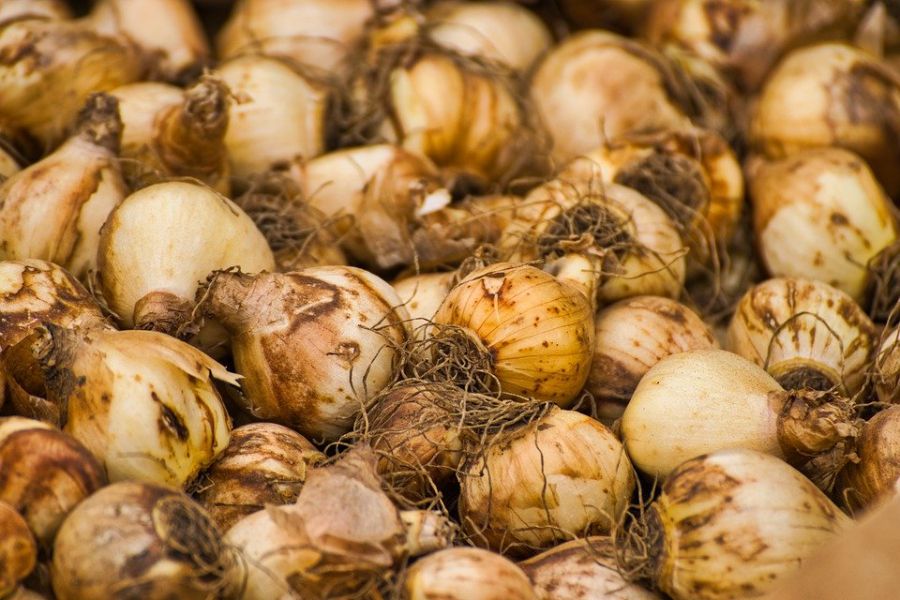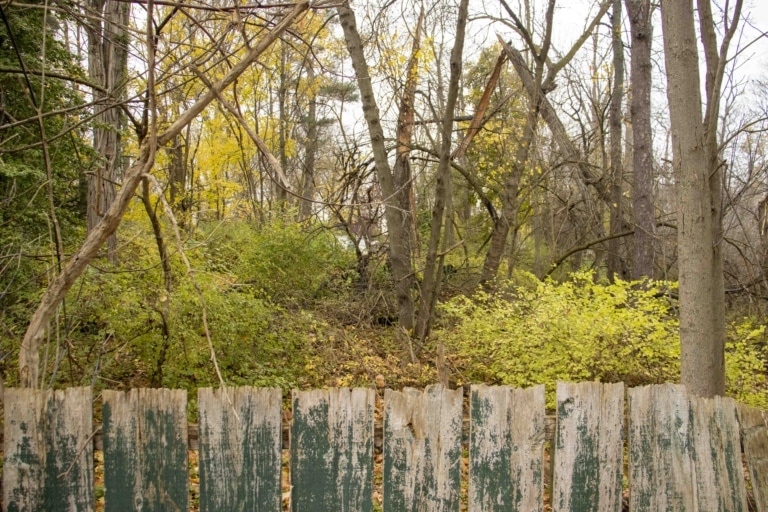This is the final instalment in a 10-week gardening column series, organized by the Niagara-on-the-Lake Communities in Bloom committee.
Joanne Young
Special to The Lake Report
The to-do list is long when putting your garden to bed for the winter. To help you navigate the process, here are some answers to commonly asked questions.
What trees and shrubs should I prune in the fall?
Do not prune any of the ornamental trees and shrubs in the fall. Wait until late winter or early spring for most pruning. Pruning in the fall leaves open wounds that may result in additional winter dieback. Pruning also stimulates new growth that may not have a chance to harden off before cold weather arrives.
When do I plant my bulbs?
Fall is the time to plant all early spring blooming bulbs, i.e., tuilps, daffodils, crocus, hyacinths, grape hyacinths, allium, anemones, etc. The best time for planting these is late September to mid-November.
Bulbs will adapt to many different soils, but most prefer loose, porous soil with lots of organic matter (i.e., compost). They must have good drainage or there is a chance of them rotting. When planting bulbs use bonemeal, a good source of phosphorus, to help get them off to a good start.
What do I do with my roses in the fall?
Do not prune roses in the fall unless canes are so tall that they will be damaged. Pruning done in the fall will stimulate new growth that will not have a chance to harden off before winter. Let the last flower go to seed – do not deadhead at this time. This will help the plant go dormant and result in less winter damage. The best time to prune roses is early spring when the buds begin to swell (when the forsythia come into bloom).
Do I need to wrap my plants for winter?
If plants are properly placed, that is, planted in the right sunlight conditions and in the right exposure, they should not need protecting for the winter. If your plants are going to be exposed to severe winter winds or salt spray, wrapping may be needed. When wrapping trees with burlap or protective blanket (never plastic), it is best not to wrap the shrub directly, but to put stakes into the ground and wrap the burlap around the stakes. Sometimes you just need to put protection on one side of the plant to stop strong winds. Never cover the top of the plant.
The best protection that you can provide all evergreens (conifers and broadleaf) for the winter is to water them heavily just before the ground freezes for winter. This way there will be moisture available to the plant throughout the winter and it will cut down on winter desiccation.
What other chores should I be doing this fall?
Clean up any diseased leaves from the ground to reduce the chance of diseases spreading back into the plants in the spring.
Make sure you clean up garden tools and pruners before storing them away for the winter.
Before putting the lawn mower away, shred or mulch fallen leaves and spread them onto your garden for extra winter protection. The leaves will also break down over winter and become compost, enriching your present soil.
Happy gardening
* Visit jointheconversationnotl.org/garden to check out the Garden of the Week contest, run by the Town of Niagara-on-the-Lake’s Communities in Bloom committee, and submit your garden or garden feature for consideration in one of 10 categories. Submission deadline is July 30.
Joanne Young is a garden coach and designer.










